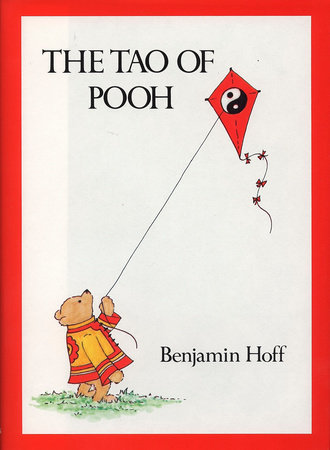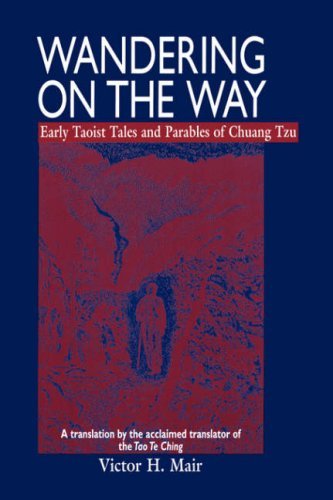
The Tao Is Silent
Book Description
Secrets of the universe unfold through the whispers of silence. In "The Tao Is Silent," laughter dances with profound wisdom, unlocking the mysteries of life through intriguing parables and paradoxes. Dive into a world where deep philosophical truths collide with whimsical humor, leading to illuminating realizations about existence and enlightenment. Each page turns like a new revelation, inviting readers to confront their own beliefs and ponder the nature of reality. Can silence truly speak volumes?
Quick Book Summary
"The Tao Is Silent" by Raymond M. Smullyan is a philosophical exploration that brings together the wit of logic puzzles and the wisdom of Taoism. Through charming anecdotes, paradoxes, and playful thought experiments, Smullyan leads readers on a journey to grasp the elusive essence of Tao—the way or path beyond words and concepts. He contrasts Eastern and Western philosophies, revealing how a smile or a moment of silence can communicate truths deeper than language. With humorous storytelling and a gentle challenge to conventional reasoning, Smullyan encourages readers to embrace mystery, live spontaneously, and find profound meaning in silence. The book invites deep reflection on the nature of reality, the limits of logic, and the joy of paradox, ultimately suggesting that enlightenment often lies in what cannot be said but is instead deeply felt.
Summary of Key Ideas
Table of Contents
The Limits of Language and Logic
Raymond M. Smullyan’s "The Tao Is Silent" playfully investigates how language and logical thought, though powerful, are ultimately insufficient for capturing the true nature of reality. He demonstrates that words and symbols can represent, but never fully encapsulate, the Tao—the underlying order of the universe in Taoism. Through stories and puzzles, Smullyan shows how attempts to describe the indescribable inevitably fall short, indicating that some of the deepest truths lie beyond the reach of ordinary discourse.
Embracing Paradox and Mystery
A major theme in the book is the embrace of paradox. Smullyan delights in presenting logical conundrums and Eastern koans that perplex the rational mind, leading readers to realize that the universe is filled with mysteries that cannot be neatly resolved. By highlighting the paradoxical nature of existence, the author suggests that true wisdom arises from accepting uncertainty and the limitations of human understanding, rather than resisting or denying them.
Taoism Versus Western Rationalism
The contrast between Taoist and Western approaches to knowledge is vividly explored. Whereas Western thought often seeks definitive answers and mastery over the world through categorization and logic, Taoism advocates for flowing with the natural order, intuiting meaning from experience, and letting go of rigid distinctions. Smullyan invites readers to adopt a more flexible, open-minded perspective that values balance, harmony, and adaptability over control and certainty.
The Wisdom and Power of Silence
Silence emerges as a powerful motif throughout the text. Smullyan suggests that silence is not mere emptiness, but a vital space where true understanding and connection with the Tao can arise. He uses anecdotes and contemplative exercises to show how silence offers an opportunity for direct, unmediated awareness beyond conceptual thought. In this quiet, one might glimpse the unity and simplicity that underlie all apparent complexity.
Humor and Playfulness on the Spiritual Path
The book’s gentle humor and whimsy make profound philosophical concepts approachable and engaging. Smullyan uses jokes and playful dialogue to dissolve preconceptions and break down intellectual barriers. This lightheartedness not only makes the subject matter enjoyable but also models a Taoist attitude of childlike wonder and spontaneous living. By the end, readers are encouraged to see enlightenment not as an obscure goal but as something accessible in ordinary moments—especially when words are set aside and life’s paradoxes are welcomed with a smile.
Download This Summary
Get a free PDF of this summary instantly — no email required.





